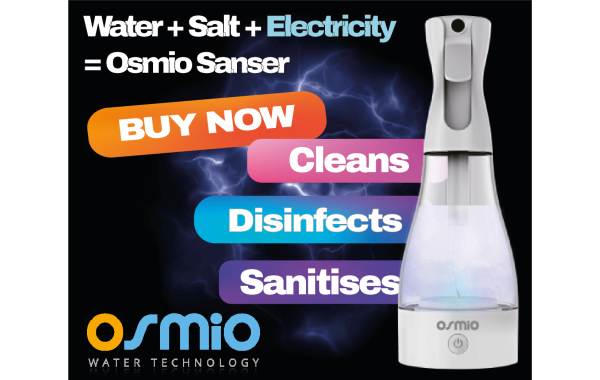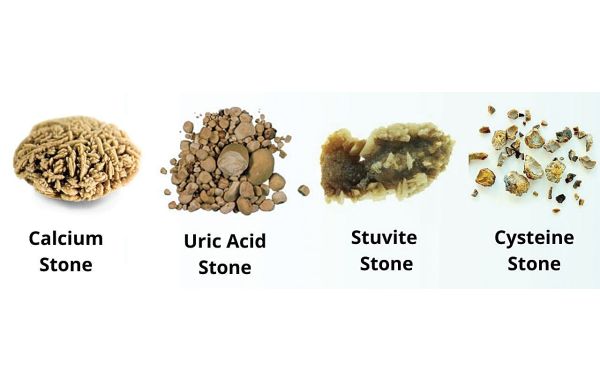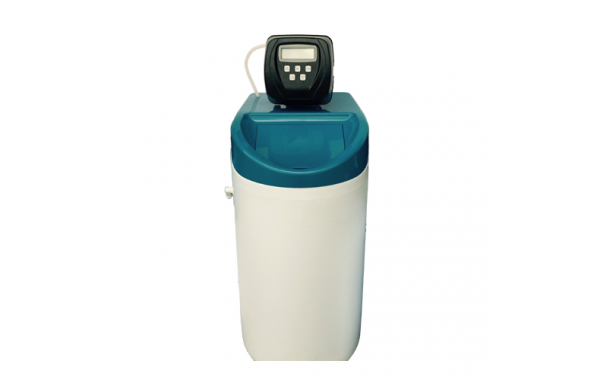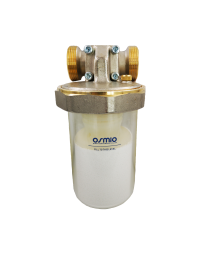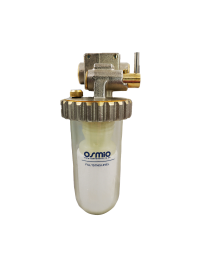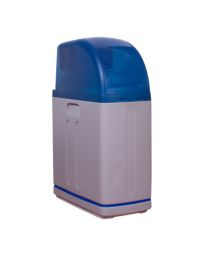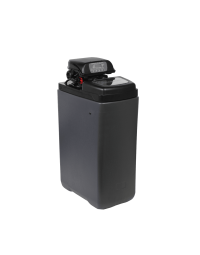Understanding Water Hardness: Temporary vs. Permanent and the Role of Softeners
One key factor that affects water quality is hardness. Hard water, characterized by high mineral content, can lead to various issues, including scale formation, corrosion, and reduced effectiveness of cleaning agents. In the realm of water treatment, the terms "temporary hardness" and "permanent hardness" play a crucial role in understanding and addressing these concerns. In this blog post, we will explore the differences between temporary and permanent hardness and how specific water treatment devices tackle these challenges.
Temporary Hardness and Non-Salt Softeners
Temporary hardness is primarily caused by the presence of bicarbonate ions (HCO3-) and carbonate ions (CO3^2-) in water, usually in the form of calcium bicarbonate (Ca(HCO3)2) and magnesium bicarbonate (Mg(HCO3)2). Non-salt softeners, also known as polyphosphate dosing systems, offer a solution to combat temporary hardness and corrosion.
These systems introduce a small amount of polyphosphate into the water, typically around 5ppm (parts per million). Polyphosphates form a protective film on metal surfaces, preventing corrosion. Moreover, they exhibit a temporary hardness effect by minimizing scale formation inside pipes. The water treated with polyphosphates does not dry inside the pipes, and scale formation becomes minimal. On surfaces, the polyphosphate creates a film that is easier to wipe off than the stubborn limescale deposits. It is important to note the Osmio MiniSoft and Osmio MaxiSoft Non Salt Softeners are polyphosphate dosers which do not remove the minerals that cause limescale, so the effect is internal rather than external.
This temporary solution is beneficial for preventing immediate issues associated with hard water while offering a simple and effective means of protection for scale build-up internally and corrosion.
Non Salt Softeners like Osmio MiniSoft and MaxiSoft are combined with Carbon Block Pre filters to remove chlorine, a highly corrosive agent in water, where there are corrosion issues in a property; this is the remedy.
Permanent Hardness and Salt Softeners
Permanent hardness, on the other hand, is primarily due to the presence of calcium sulfate (CaSO4) and magnesium sulfate (MgSO4) in water. Unlike temporary hardness, permanent hardness is not easily removed by traditional methods. Salt softeners, or ion exchange softeners, provide a comprehensive solution to tackle permanent hardness.
These devices work by exchanging calcium and magnesium ions with sodium ions, effectively removing the minerals responsible for limescale formation. The exchange occurs through a resin bed within the softener. Sodium carbonate (Na2CO3) is often used as the regenerating agent to recharge the resin bed. The resin in the softener is negatively charged. It will attract positively charged ions to it, like Ca+, Mg+, Fe+, etc. Softening resin is damaged by chlorine exposure, making the resin 5-10% less efficient each year. So if your water does have chlorine in it, it is advised to use a Carbon Filter before installing a salt softener. Installing a Salt Softener without a Carbon Filter with new plumbing and heating can cause corrosion issues while leaving pipes and metal exposed to chlorine.
By permanently removing the hardness-causing minerals, salt softeners prevent the long-term issues associated with hard water. This includes the reduction of limescale buildup in pipes and appliances, leading to improved efficiency and longevity.
Choosing the Right Solution
The choice between non-salt softeners and salt softeners depends on various factors, including the specific characteristics of the water supply and individual preferences. Non-salt softeners offer a quick and effective solution to address temporary hardness, providing protection against corrosion and scale formation. On the other hand, salt softeners offer a more permanent solution, effectively removing the minerals responsible for limescale.
It is important to consider multiple specifics:
- If there is anyone in the home with blood pressure or circulatory problems, we do not advise on bathing in water treated by Salt Softeners. This can affect blood pressure, and therefore anyone at risk needs to consider this.
- Salt softeners adding sodium carbonate make the water not advisable to drink as the UK regulations state this level should be not more than 200mg/l. Typically, a Salt Softener will add 150mg/l, which can take your total sodium over regulatory advised limits.
- Salt Softeners mean that a single tap in the kitchen needs to be bypassed so it provides hard water. But this is not the case if you have a Reverse Osmosis System at the kitchen point of use, which will filter out the sodium coming into it. All Reverse Osmosis System prefers a softened water feed, and this can make the install of the softener much easier, quicker, and cheaper.
- If you do not have mains sewerage and have a methane digesting system, you cannot use a Salt Softener as this will discharge salty water to the drain which damages the bacteria that is relied on to break down the sewage. This is not an issue if you have a mains sewerage service. Polyphosphate dosers are fine for methane digesting systems but not salt.
In conclusion, understanding the difference between temporary and permanent hardness is crucial for selecting the appropriate water treatment method. Whether you opt for a non-salt softener or a salt softener, addressing water hardness ensures better water quality and enhances the efficiency and lifespan of your plumbing and appliances.


